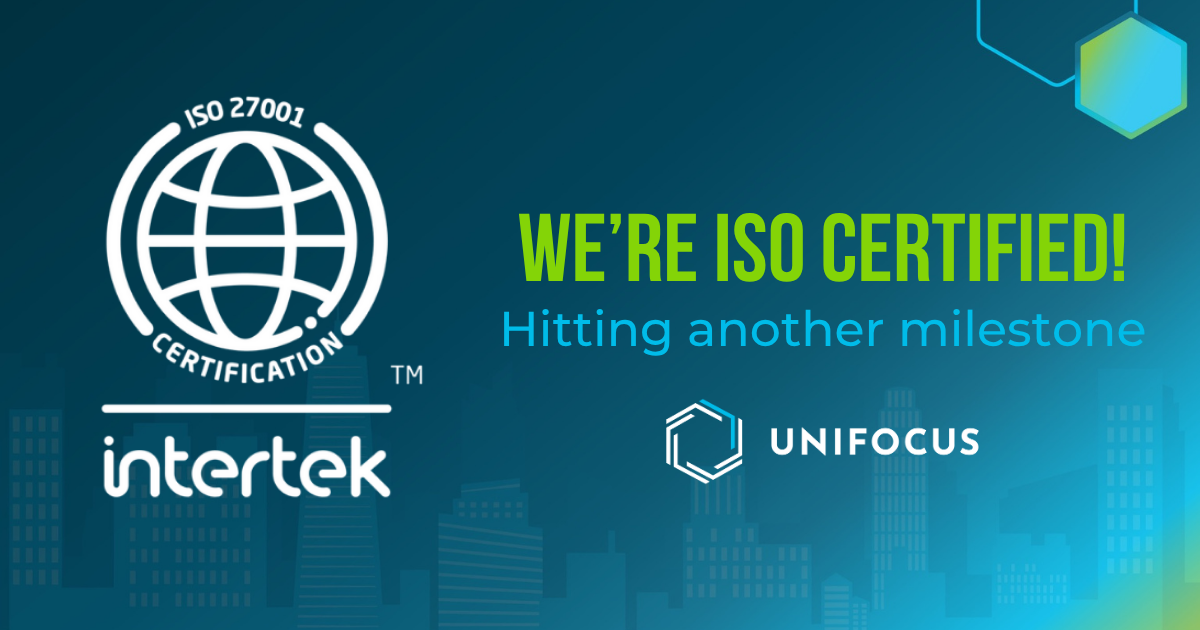Value Engineering Labor: Cost Management in a Growing Economy
Controlling labor costs is crucial to driving profits, and recent studies suggest that hotel managers, having learned hard lessons in the 2008 economic crisis, are paying attention. But as rates and occupancy rebound, salaries and payroll-related expenses likewise are rising, indicating a need for vigilance. Value-engineering labor can help hotels reduce labor costs without compromising the market position they seek to achieve.
Gaining control over labor costs – the largest single recurring expense for hotels – is essential to a healthy bottom line. In 2014, labor costs accounted for 31.5 percent of total revenue and 44 percent of total expenses, according to PKF Hospitality Research. A look at labor hours versus occupancy in the same study shows that total hours worked rose less than one percent while occupancy grew three percent – a sign that hotel managers are indeed paying attention to controlling labor costs. Or are they?
One might conclude that the small increase in labor can be partially credited to lessons learned in the midst of the 2008 economic crisis, when hoteliers had no choice but to take a hard look at costs and make tough choices, and therefore cuts – from lowering thermostats to closing down wings to adjusting service levels. But as rates and occupancy have rebounded, and salaries and payroll-related expenses continue to rise, it is still crucial that managers understand the real impact of a change in volume on the cost of doing business.
In certain cases, that impact on costs of volume increases is minimal. Take the example of a 150-room hotel that has been averaging 70 percent occupancy, or 105 occupied rooms per day. A three-percent increase in occupancy would mean three additional rooms a day – a volume that would require less than a one percent increase in labor and would therefore have very little impact on cost. This is because the majority of labor in the hotel industry, from front desk to public space cleaning staff, is variable but on a step function basis. In other words, modest increases in guest volume won’t measurably affect the number of service hours that management must pay to have the work completed.
One function that would be affected is housekeeping, one of the few areas of a hotel in which there is a linear relationship between occupied rooms and labor hours needed, as each of those three additional rooms in the example will require cleaning. But cleaning three more rooms per day would only increase labor needs by about one to 1.5 hours – a minimal impact for a 150-room hotel. The effect might differ based on the size of the hotel, but this simple example shows that in many cases, it can be acceptable to maintain the same level of labor for a modest increase in occupancy.
Productivity and volume
Some organizations still look at productivity in terms of revenue per hour ($$/HR). However, with the exception of fast food and bar operations, revenue is not generally a good productivity measure. For hotels that run high midweek room rates, the ratio of percentage cost of labor dollars to revenue can significantly skew the conclusions reached by managers and create situations in which costs are measurably higher than the volumes and representative labor needs would reflect. Conversely, lower rates can lead to understaffing and service issues when revenue ratios are used to measure productivity.
Value-engineering labor
Managers need to understand the relationship of the tasks that are being done by their team, the value those tasks create in their business, and the impact of volume changes on these tasks/ activities. It’s easy to claim a hotel is understaffed, and in certain markets that may be true at times. But whether or not there truly isn’t enough labor to complete the work, if the team believes that to be the case it will create a sense of crisis that will undercut the quality of the customer service they provide.
Whether a hotel is dealing with an actual labor shortage or just the perception of one, a good management approach is to take a look at the work that needs to be done and re-evaluate it based on how it affects the guest experience coupled with the maintenance of the asset. In other words, value engineer the tasks to what has to be done to create the customer experience the property is positioned to achieve.
Value engineering is based on the idea that value is the ratio of function to cost. Therefore, the value of a product or activity can be increased by refining its function or reducing its cost. The success of this depends on maintaining balance between tasks and quality. If quality diminishes and the guest experience is negatively impacted, revenues will decrease.
It’s important that any reductions in labor don’t compromise the value proposition a hotel is looking to achieve. A dining outlet might have an excellent reputation for food, service and ambience, but if no employee is assigned to routinely check the bathroom and it’s less than tidy, that will leave a negative impression on guests that will affect their overall opinion of the restaurant. Likewise, visible cobwebs on a chandelier in an otherwise inviting hotel lobby will lower guests’ perception of their experience at the hotel. So it’s not just controlling the cost of labor but also managing tasks – both daily and periodic activities – to support the market position the hotel desires.
For an example of effective value engineering, consider that for four- and five-star hotels, it is common practice to have cleaning staff vacuum hallways daily. In the early days of the economic recovery, when occupancy was coming back but rates were not, managers realized they could not really afford to vacuum daily and could get by with vacuuming less often and instructing their staff to do spot pick-ups in hallways as needed between scheduled cleanings. The result was a reduced need for labor without a corresponding negative impact on guest satisfaction. Upon review, the daily full vacuuming of hallways was not a task that added value for the organization.
Another successful case is that of a Hawaiian resort with an extensive lawn, which an entire maintenance team was tasked with cutting every week. In an effort to reduce labor costs, management increased the time between cuttings from seven to 10 days. Those three additional days were not enough to affect the quality of the lawn from the guest’s perspective. But from a cost standpoint, it meant paying the team 36 times per year versus 52. The resort reduced staffing of this task by a third simply by reviewing an activity and determining that its frequency could be decreased without any perceivable difference to guests.
Value engineering is a process that, once effectively completed, helps properties create a least-cost structure for its labor resources without negatively impacting guest perceptions. In fact, it will often generate a positive guest response because all tasks are well organized and directly focused on what creates value in the customer’s mind.
Zero-based budgeting
Too frequently, organizations justify a change or increase in labor costs by looking at the previous budget period, comparing actual to budgeted costs and new revenue/volume projections. This is a process that often leads to inaccurate decisions. Zero-based budgeting is a more systematic approach that calls for taking the hotel’s operating standards, developed through value engineering, and applying them to projected volume or other applicable indicators. Once hours for budgeted volume have been defined, applying the average rate per hour will determine what resources should be needed for the coming year. Additionally, training and projected turnover costs, plus other benefits, then need to be added to the calculations.
This process enables the manager to, at the end of every budget/P&L period, compare budgeted volumes and cost to actual volume and costs, as they normally do, then create a flex budget based on how much should have been spent based on actual volume and the agreed-to operating standards. For example, a department might project a volume of 100 units, each of which takes one hour to service at a rate of pay of $10 per hour, and budget $1,000 accordingly. Say the department then experiences 120 units of actual volume at an actual labor cost of $1,200. At first look, it appears the department is $200 over budget – a negative consequence. However, because of the increase in volume the result was completely in line with cost parameters. This approach simplifies the cost analysis process and enables the organization to spend more time focusing on driving the top line.
Profitability through technology
Workforce management technology enables hotel managers to look at business constraints differently. It puts more information at their fingertips and allows them to drill deeper into that information to better analyze what performance could be and then value engineer labor for a better result.
Take the example of a stewarding department anticipating 500 banquet covers, 300 covers at Restaurant A and 200 at Restaurant B. The traditional approach would be to calculate 1,000 covers at .10 hours per cover for a total of 100 labor hours. Using a workforce management system and value engineering, the manager can quickly and easily break it down to a more granular level – 500 banquet covers at .05 hours per cover, 300 Restaurant A covers at .10 hours per cover, and 200 Restaurant B covers at .12 hours per cover. Now, the manager can see that the stewarding department can service the same number of covers at a cost of 79 labor hours instead of 100 – a savings of 21 hours on that particular shift. To do this on paper or even with Excel spreadsheets would simply be too complex and take too long. Technology closes the gap and drives dollars to the bottom line while further assuring service quality.
Bringing it together
Value engineering is the key to bringing labor costs under control without negatively impacting the guest experience. But the granularity it precipitates can complicate already complex budgeting, planning and scheduling tasks. By automating the process, workforce management tools enable managers to simply apply sophisticated value engineering standards in their decision-making, preserving their hotel’s market position and increasing profitability.







